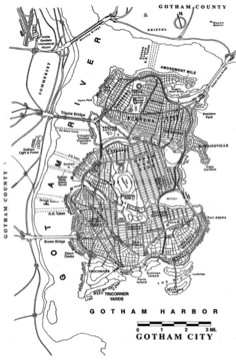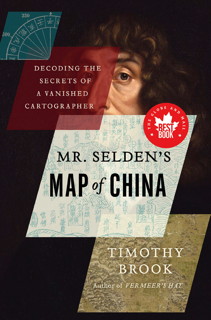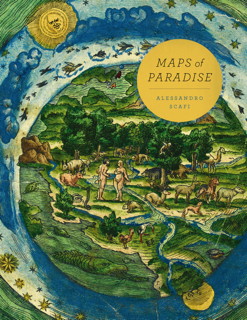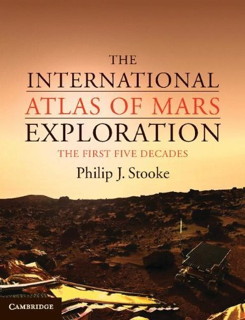Zero degrees longitude, zero degrees latitude is literally nowhere: situated in the middle of the open ocean, off the coast of Africa in the Gulf of Guinea, the only thing to mark its presence is a weather observation buoy [via]. But it’s also a significant set of coordinates, in that it’s the location you might get in the case of geocoding errors.
Hence the invention of Null Island, an imaginary place to flag geocoding failures. It shows up in version 1.3 of Natural Earth, for example, as an island one square metre in size, but coded so that it would never appear in an actual map. Gary Vicchi explains Null Island in more detail. As is the way of fictional places, Null Island has grown in the imagination: it has its own website, replete with sections on its history, geography, people and economy, and its own flag.









 I was not aware that Batman’s Gotham City has had a consistent map for the last fifteen years or so. Its geography was defined in 1998 by illustrator
I was not aware that Batman’s Gotham City has had a consistent map for the last fifteen years or so. Its geography was defined in 1998 by illustrator 




